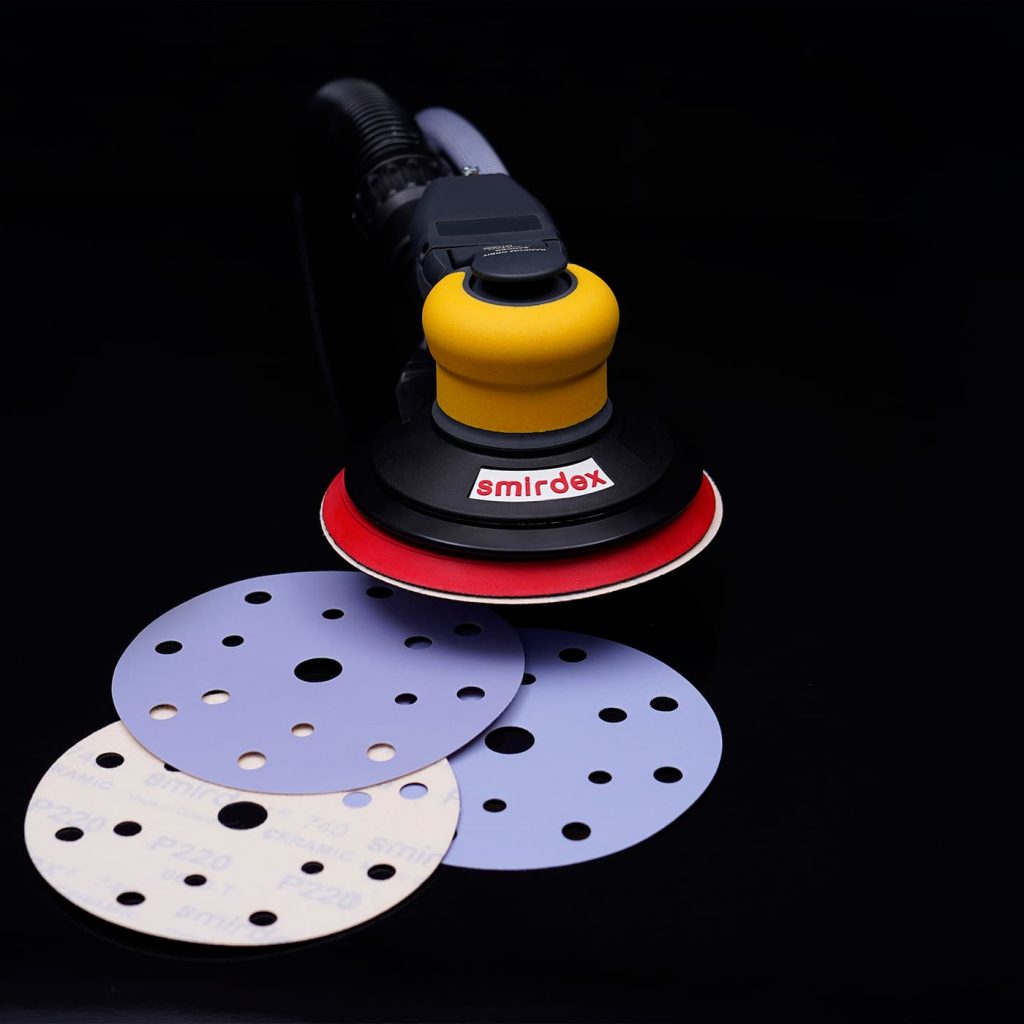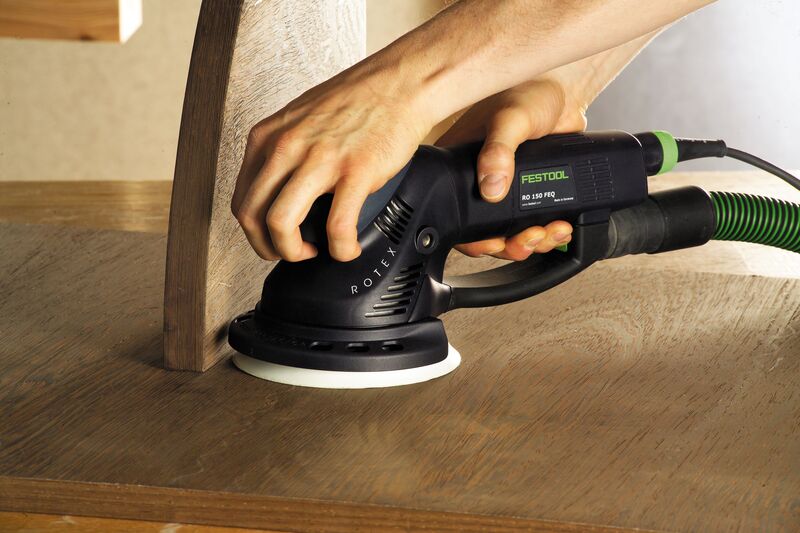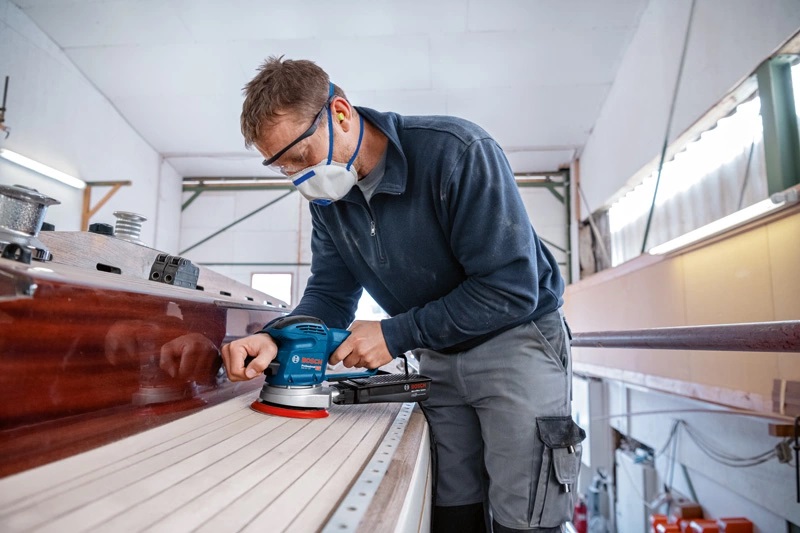Perfecting Your Craft: Best Practices for Random Orbital Sanding in Woodworking
Random orbital sanders are indispensable tools in the woodworking arsenal, prized for their ability to deliver smooth, swirl-free finishes on a variety of wood surfaces. However, achieving optimal results with these versatile sanders requires more than just running them over the wood. To elevate your woodworking projects, it’s essential to implement the best random orbital sanding practices. Let’s delve into some key techniques to master this process effectively.
- Start with the Right Grit:
Begin sanding with a coarse grit sandpaper to remove any roughness, imperfections, or mill marks from the wood surface. As you progress, gradually switch to finer grits to achieve a smoother finish. This step-by-step approach ensures efficient material removal without causing unnecessary damage to the wood fibers.
- Maintain Even Pressure:
Apply consistent, gentle pressure on the random orbital sander as you move it across the wood surface. Avoid pressing too hard, which can lead to uneven sanding and premature wear on the sanding pad. Let the sander’s weight and the rotational motion do the work for you, ensuring uniformity in sanding.
- Keep the Sander Moving:
To prevent over-sanding or creating uneven patches, continuously move the random orbital sander in a back-and-forth or circular motion. Avoid dwelling on one spot for too long, as this can result in dips or gouges in the wood surface. Keep the sander in constant motion to maintain a consistent sanding pattern.
- Change Direction Periodically:
Vary the direction of your sanding strokes periodically to ensure thorough coverage and prevent the formation of visible sanding marks. Alternating between vertical, horizontal, and diagonal movements helps to blend the sanding pattern and achieve a more uniform finish across the wood surface.
- Use a Light Touch on Edges and Corners:
When sanding edges and corners, exercise caution and use a lighter touch to avoid rounding or damaging these delicate areas. Hold the sander at a slight angle to prevent it from catching on sharp edges, and employ hand sanding or specialized detail sanders for precise control in tight spaces.
- Employ Progressive Sanding:
Gradually decrease the grit size of the sandpaper as you approach the final stages of sanding. This progressive sanding technique ensures that each successive grit removes the scratches left by the previous grit, resulting in a smooth, polished surface ready for finishing.
Mastering random orbital sanding practices is essential for achieving professional-quality results in woodworking projects. By following these techniques, woodworkers can harness the full potential of their random orbital sanders to transform rough lumber into beautifully finished pieces with ease and precision. With patience, attention to detail, and a commitment to excellence, every woodworking project can be elevated to new heights of craftsmanship and aesthetic appeal.




Comments
Add comment